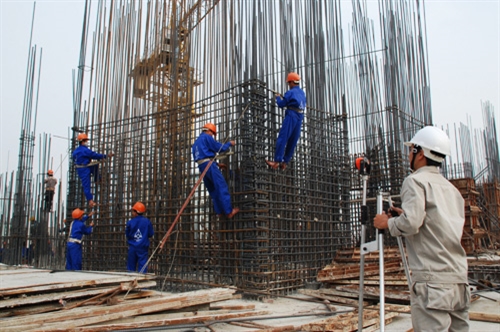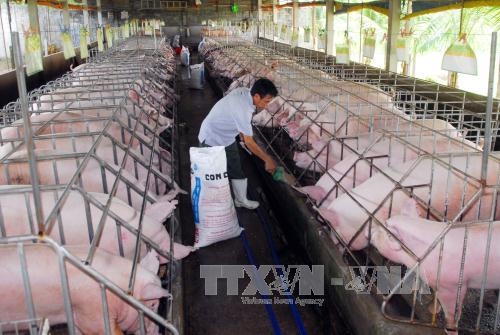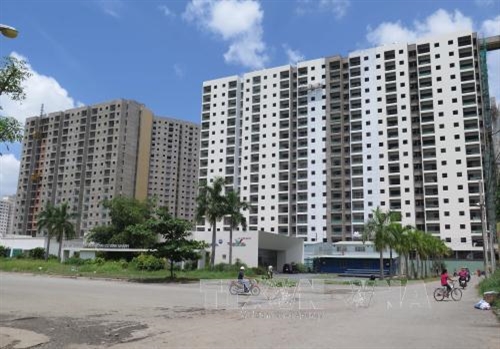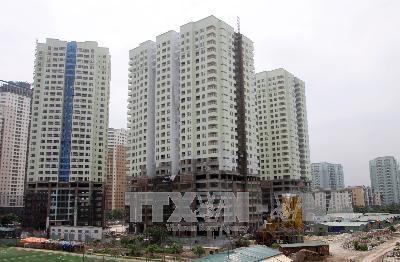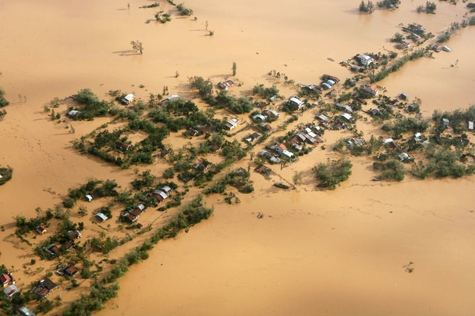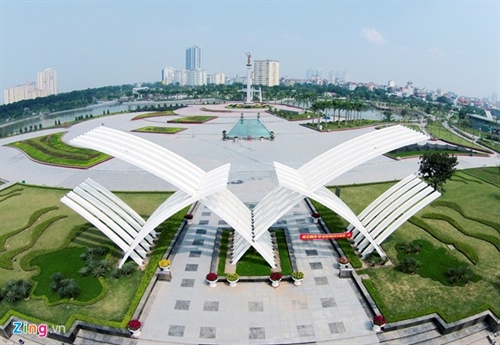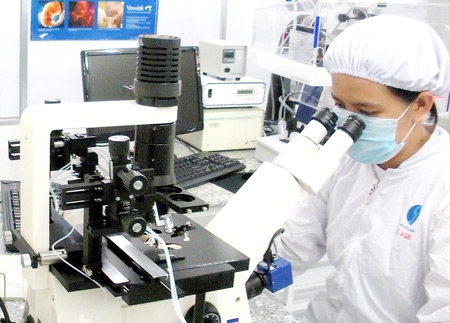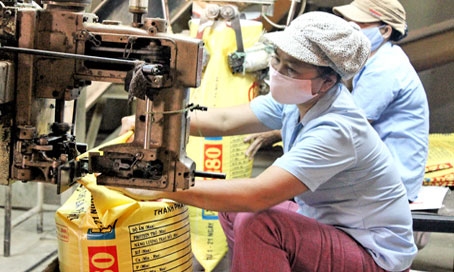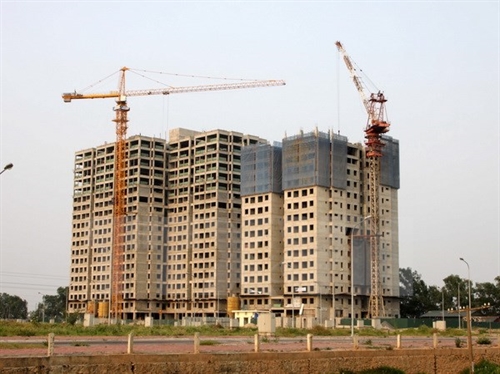State-owned enterprises (SOEs) would be classified into three groups, including wholly SOEs, enterprises with 65 percent or more of state holdings, and enterprises with over 50 percent to below 65 percent of total shares held by the State.
Such is provided in a draft decision designed by the Ministry of Planning and Investment (MPI) to replace Decision No. 37 issued in 2014, on classification criteria and list of SOEs.
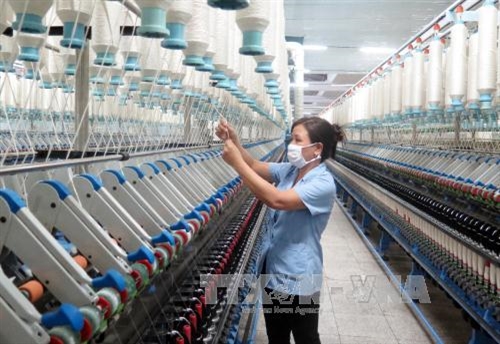 |
| Production line of the Cotton Mill under the Nam Dinh Textile Garment J.S.Corp.__Photo: VNA |
Compared to Decision No. 37, the draft excludes enterprises with 75 percent or more of state holdings and enterprises with between 65 percent and under 75 percent of state capital.
The draft also fine-tunes certain sectors in the groups of SOEs. Specifically, it removes the sectors of “production and supply of toxic chemicals” and “planting and protection of headwater, protection and special-use forests”, from the group of wholly SOEs.
In addition, “enterprises responsible for meeting essential needs for production development and improvement of material and spiritual lives of people in mountainous, deep-lying and remote areas”, “air transport”, “cigarette production”, and “provision of telecommunications services” would be moved from the group of enterprises with 65 percent to below 75 percent of state holdings (under Decision No. 37) to the group of enterprises with over 50 percent to below 65 percent of total shares owned by the State.
The draft eliminates the sectors of “operation management of national seaports and international gateways”, “processing of petroleum oil and natural gas”, “maintenance of national railway infrastructure”, “maintenance management of roads and inland waterways”, and “wholesale of preventive and curative medicines” from the classification list of SOEs.
The group of enterprises with over 50 percent to bellow 65 percent of state capital would exclude such sectors as “production of vaccines, medical biological and veterinary vaccines”, “production of fertilizers and pesticides”, “basic geological and hydro-meteorological survey”, “exploration and survey of soil, water, mineral and other natural resources”, “production and preservation of prototypal plant varieties and animal breeds”, “planting and processing of rubber and coffee, forestation and management of planted forests in areas not associated with national defense and security requirements”, “ocean shipping and railway transport”, and “production and supply of public-utility products and services”.
Commenting on the draft, related ministries and agencies agreed with the MPI’s proposal to further reduce the categories of SOEs. However, representatives from the construction, transport and industry and trade sectors suggested the clarification of the names of sectors for identifying which sectors needed to be equitized and which should be wholly owned by the State.
Deputy Prime Minister Vu Van Ninh asked the MPI to closely collaborate with specialized ministries to further classify and review fields in each sector for equitization of and disinvestment in state enterprises and for increased participation of private businesses in production and trading activities.
However, he did not agree with the proposal to enclose this draft with a list of enterprises in which the State should hold controlling shares. He proposed ministries, sectors and localities that wish to hold dominant shares in a certain field to seek the Prime Minister’s approval so as to ensure flexibility in the equitization and disinvestment process.-(VLLF)
